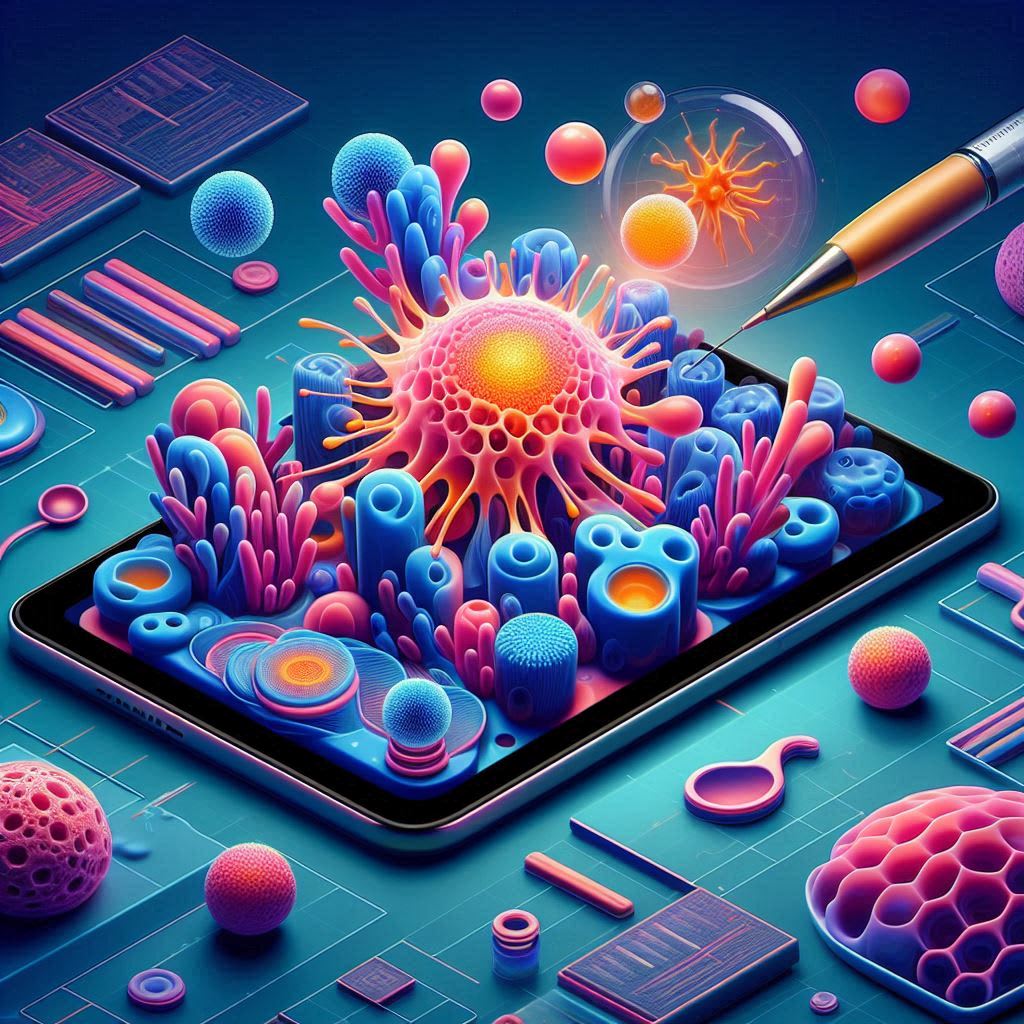The Shape-Shifting Cells Within: Unveiling the Power of Cellular Plasticity
The Science of Cellular Transformation: How Cells Adapt and Evolve

The Shape-Shifting Cells Within: Unveiling the Power of Cellular Plasticity
Imagine a single cell, like a blank canvas, holding the potential to transform into the building blocks of your entire body – from the beating heart muscle to the intricate wiring of your brain. This remarkable ability is called cellular plasticity, and it's revolutionizing our understanding of life itself.
For decades, the textbook view presented cells as pre-programmed machines, locked into a specific function. However, recent research has revealed a far more dynamic reality. Cells are surprisingly plastic, capable of morphing their form, function, and even identity in response to internal or external cues. This newfound understanding has opened a treasure trove of possibilities, from regenerative medicine to unlocking the secrets of aging.
Unveiling the Hidden Gears: Mechanisms Behind Plasticity
Scientists are actively deciphering the intricate dance that governs cellular plasticity. Here are some key players:
- Epigenetics: This fascinating field explores how environmental factors like diet, stress, and even past experiences can influence gene expression without altering the DNA code itself. Imagine tiny chemical tags on genes acting like dimmer switches, turning genes up or down, and ultimately influencing a cell's fate. For example, research suggests that high-fat diets can trigger epigenetic changes that promote the development of fat cells.
- Signaling Pathways: Cells communicate with each other through intricate chemical messengers. Understanding these pathways allows scientists to identify potential targets for interventions. For instance, researchers are investigating molecules that can activate specific signaling pathways, nudging cells towards a more regenerative state.
- Transcription Factors: These are specialized proteins that act like master switches, controlling which genes are transcribed into proteins within a cell. By manipulating these factors, scientists might be able to reprogram cells towards a desired destiny. Imagine using a key to unlock specific genes, instructing a cell to become a muscle cell or a nerve cell.
Plasticity in Action: Witnessing the Transformation
Cellular plasticity isn't just a theoretical concept; it's woven into the fabric of life:
- Embryonic Development: A fertilized egg undergoes a breathtaking transformation, giving rise to a multitude of specialized cell types. This symphony of cellular plasticity allows for the formation of organs, tissues, and ultimately, an entire organism.
- Wound Healing: After an injury, specialized fibroblast cells migrate to the wound site and transform into scar tissue, promoting healing. This demonstrates the body's inherent ability to leverage plasticity for repair.
- Age-Related Decline: As we age, cellular plasticity diminishes. Cells become less efficient at repairing themselves and may lose their ability to respond to external cues. Understanding the mechanisms behind this decline could pave the way for interventions to promote healthy aging.
Harnessing Plasticity for a Brighter Future
The potential applications of cellular plasticity are vast and hold immense promise for revolutionizing medicine:
Regenerative Medicine: Researchers are exploring the possibility of reprogramming cells to replace damaged tissues in conditions like heart disease, diabetes, and even spinal cord injuries. Imagine using a patient's own cells to regenerate lost or damaged tissue, promoting healing and potentially reversing disease progression.
Unlocking the Secrets of Cancer: Cancer cells exhibit a disturbing form of plasticity, allowing them to evade treatment and metastasize. By understanding the mechanisms behind this abnormal plasticity, scientists might develop novel therapies to target these rogue cells and prevent cancer progression.
Anti-Aging Therapies: As mentioned earlier, cellular plasticity declines with age. Research in this area could lead to interventions that promote cellular rejuvenation, potentially extending healthspan and improving quality of life in our later years.
Challenges and the Road Ahead
While the potential of cellular plasticity is exciting, there are challenges and limitations. Reprogramming cells is a complex process, and ensuring precise control over cellular identity remains a hurdle. Additionally, ethical considerations surrounding human trials and the potential misuse of this technology require careful consideration.
A Glimpse into the Future
Cellular plasticity is a rapidly evolving field with the potential to transform medicine and our understanding of life itself. By unlocking the secrets of this remarkable property, we can potentially develop groundbreaking treatments, promote tissue regeneration, and even slow down the aging process. As research progresses, we can expect even more fascinating revelations about how cells adapt and transform, paving the way for a healthier and brighter future.
About the Creator
suren arju
Hi there! I'm Suren, your startup guide. Entrepreneur, writer, dreamer - I share insights, tips & stories to fuel your startup journey. Ready to explore, learn & win together? Join me & let's redefine how we launch, learn & leap!
Enjoyed the story? Support the Creator.
Subscribe for free to receive all their stories in your feed. You could also pledge your support or give them a one-off tip, letting them know you appreciate their work.





Comments
There are no comments for this story
Be the first to respond and start the conversation.